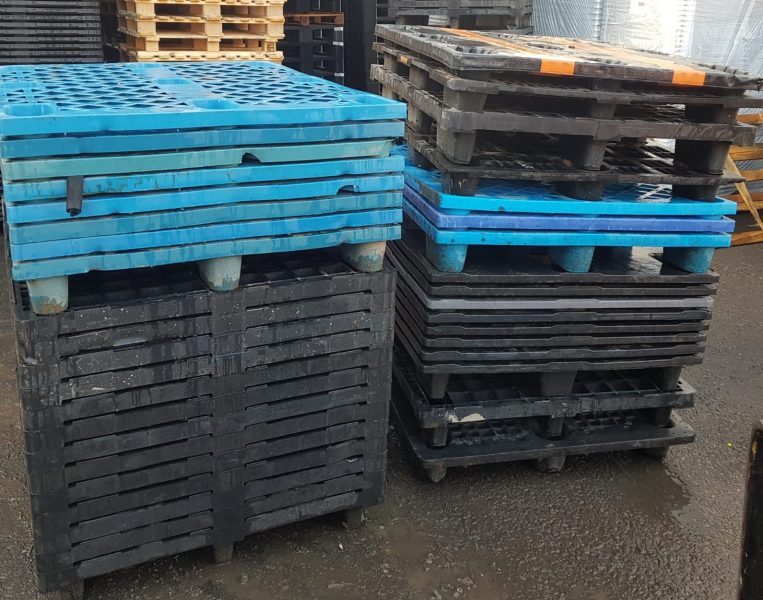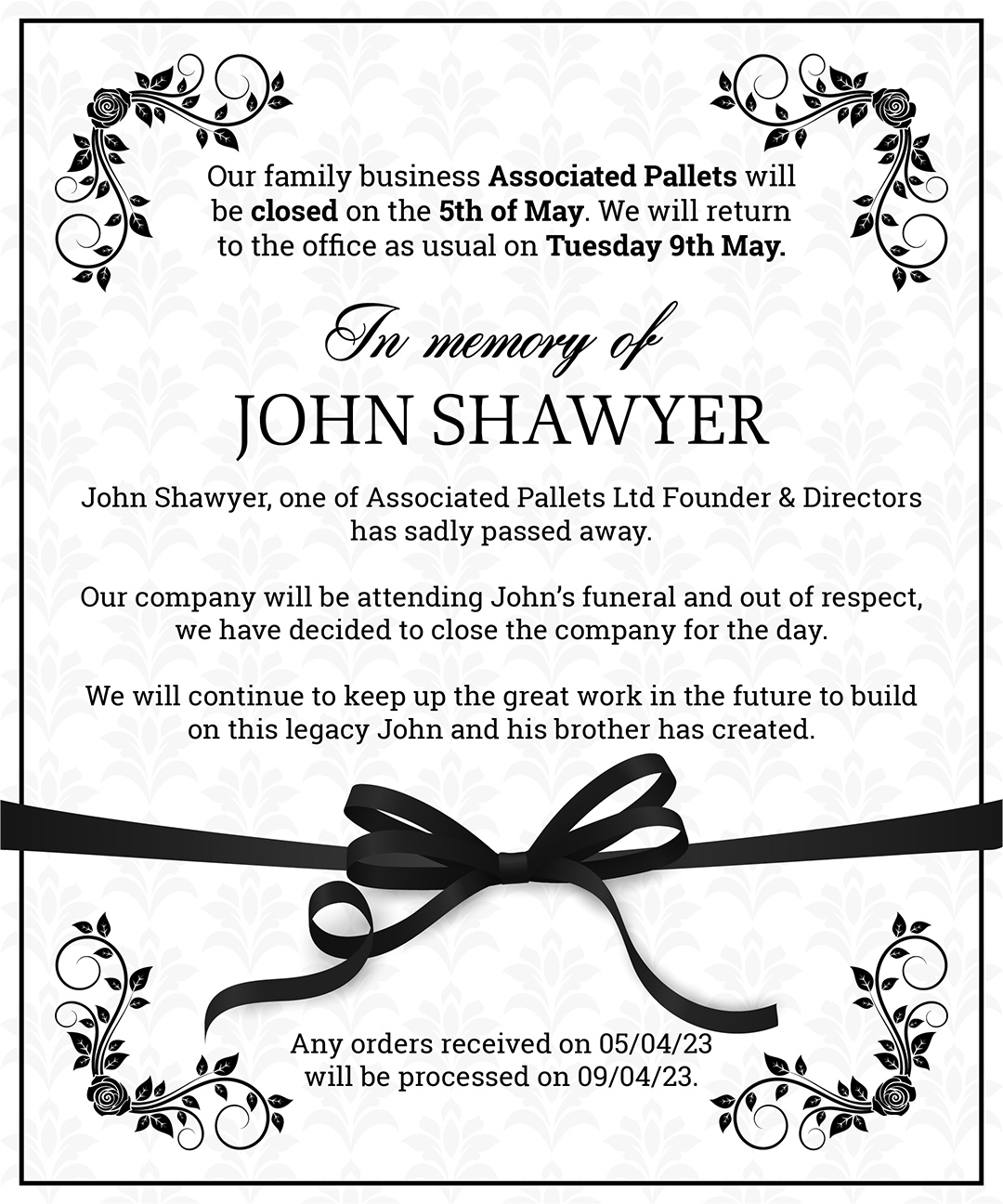Plastic Pallets: The Difference Between Stackable and Rackable Pallets
11 Apr 2019
Whilst wooden pallets still make up the vast majority of pallets used throughout the world today, plastic pallets have experienced a huge amount of growth in recent years. Considered the best alternative to wood, plastic is fast becoming modern day shippers preferred choice of pallet due to its durability, bug-free design, and simple and easy cleaning process, weather resistance and much more.
Amongst the various types of plastic pallets, stackable and rackable are the most widely used. In this article, we explore the difference between these two popular styles of pallets and why your business should consider using them.

What Are Stackable Plastic Pallets?
A stackable pallet is defined as a plastic pallet that has a solid platform at its base. This platform may be attached to it in a multitude of configurations, such as a picture frame, runners or a cross bar. This also allows the pallet to double-stack above another one when empty.
Stackable pallets are usually used in a high-stacking warehouse or one where racking has different rack configurations. The stacking can continue up to a calculated height that ensures that the overall load remains level.
This style of pallet is useful for shippers as they need less time to cube the pallet – calculate the space the pallet will occupy – than for any other design
What Are Rackable Plastic Pallets?
Rackable pallets are types of plastic pallets that are designed to be used in pallet racks. Generally, they mostly use either picture frame or runner at the base. They are also specifically engineered to handle a heavier load. However, you must be careful not to exceed the weight limit indicated on the pallet. Rackable pallets may also be used in an edge rack where the pallet is supported by both side edges, and can be a great way of saving floor space.
What Are The Main Differences Between Stackable And Rackable?
- Capacity
One of the main differences between these two types of plastic pallets is their load capacity. Rackable pallets are able to carry a much heavier load over a longer period of time when compared to stackable pallets. Rackable pallets come with heavy design mechanisms over stackable ones are generally better suited to heavy duty loads. - Space
The space difference between both these types of pallets is very minimal and shouldn’t affect your options. - Cleaning
Both types of pallets are easily cleanable, but rackable is generally better suited due to it being much stronger and more durable. Due to their heavy duty nature, rackable pallets tend to have a longer shelf life and more reusable than their stackable counterpart.
Which One Should I Use For My Business?
As previously mentioned, stackable plastic pallets are normally best suited for warehousing, processing and manufacturing environments. It is important to keep in mind that these types of pallets are very effective in an easy returnable environment, and not so effective for long distance shipping.
Alternatively, if your business is going to be shipping heavy product loads then rackable is the pallet for you. The much stronger design also make them the ideal solution for long distance shipping as well as complex returnable environments.
So once you have considered the differences between stackable and rackable pallets, you can then decide on what is right for your business. As with all commercial decisions, the cost will be an important factor. Regardless of whether you opt for stackable or rackable pallets, a definite advantage will be the fact that you should be able to get hold of used pallets. Their durability makes them a sensible choice for most businesses.
